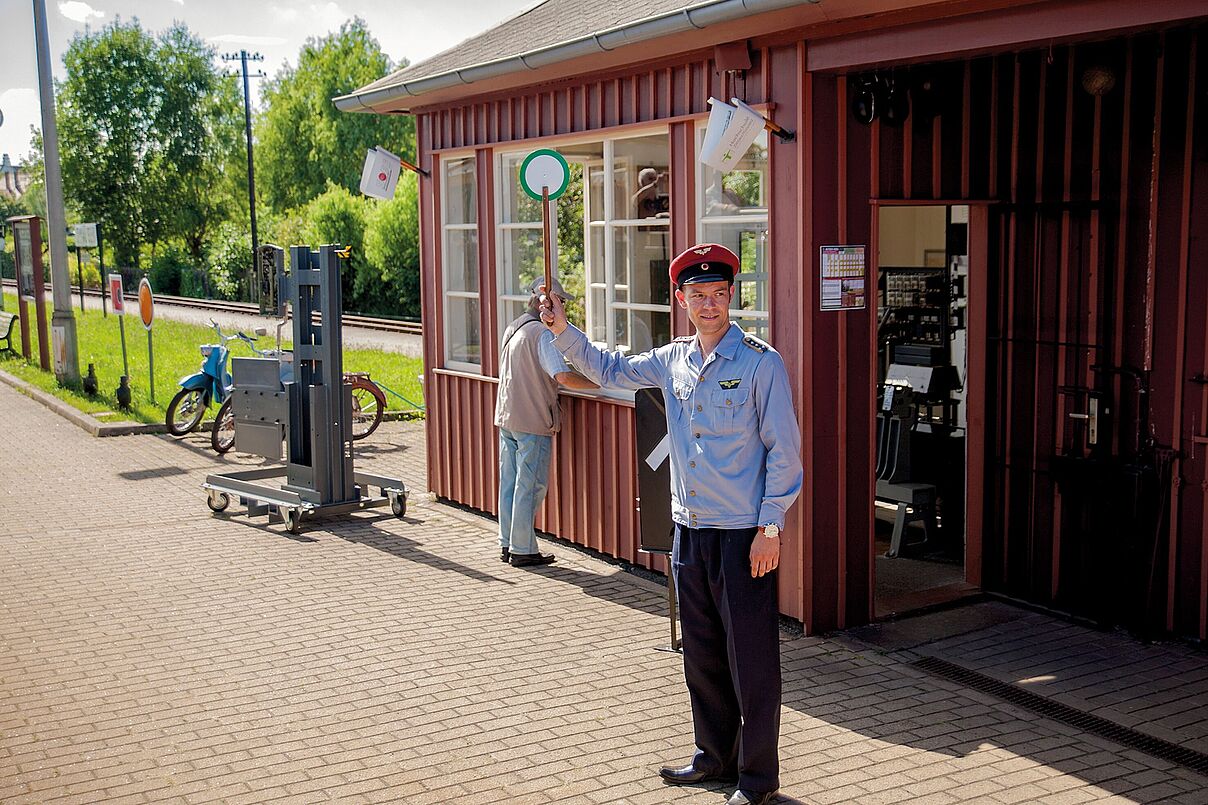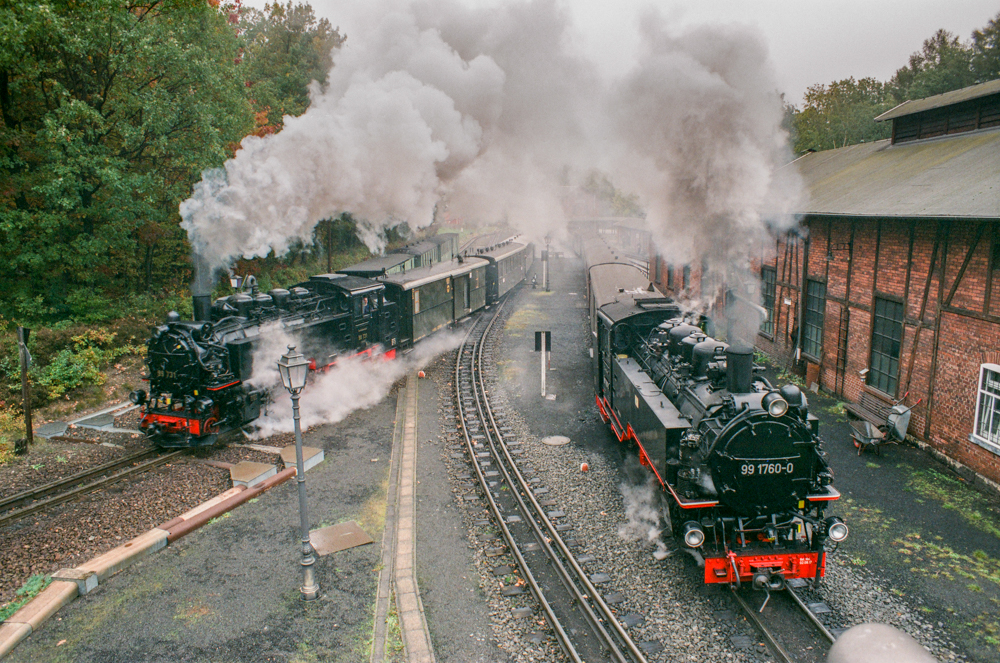Daily from Zittau via Bertsdorf to Oybin or Jonsdorf: passenger trains on the Zittau narrow-gauge railway have been running through the picturesque Zittau Mountains on a 750 millimetre gauge since 1890.
Today, the railway with its historic, steam-powered trains is not only popular with commuters as a local public transport service in south-east Saxony, but is also a tourist magnet. It is operated by the Sächsisch-Oberlausitzer Eisenbahngesellschaft, which was founded in 1996 specifically to preserve this cultural heritage. At weekends, the railway even operates a three-train service; there are also special trips on event days and public holidays. The SOEG employs around 50 people for this purpose, including
- Engine and train drivers,
- locomotive heaters,
- technicians,
- mechanics and employees in the administration
- and in the hotel business that also operates in the region.
Optimising the scheduling of all services and at the same time taking into account changes or requests at short notice now places high demands on the company - also because many employees have multiple qualifications and can be deployed in different areas.
Wanted: Flexible personnel scheduling system
Previously, SOEG had realised its personnel deployment planning and payroll accounting using Excel spreadsheets. "We were simply reaching our limits with this manual approach and knew that we had to break new ground here," explains Danny Lehmann, who covers just as many different areas of responsibility as most of his colleagues. Among other things, he is responsible for sales and supports marketing, takes care of duty rosters, rota schedules and payroll accounting, and works as a train and engine driver. The search for a suitable personnel scheduling system was therefore also in the right hands with him:
With the Profahr personnel scheduling system from PSI Transcom, we have found a solution which, on the one hand, fulfils our requirements for flexibility and, on the other hand, maps the special features of the transport service as standard

Abolished: Excel lists and notice board
Since its introduction in just six months and under coronavirus conditions, Profahr has supported all staff scheduling processes from a single source - from duty roster allocation to determining and updating duty rosters to payroll accounting via a Datev interface. The duty roster optimisation automatically assigns the unplanned shifts to the available personnel according to the stored shift position. Among other things, it takes into account
- Required qualifications,
- hourly accounts and
- rest periods.
The Saxon company has done away with paper-based duty roster notices as well as the notice board. The Profahr modules Elektronischer Dienstplan and Mobile Kommunikation take over their functions.
Transparent: Work schedules, work and holiday accounts
Employees can always see the current (electronic) duty rota, information on current changes and unscheduled shifts on a TV screen. On this basis, employees can also contact the duty roster manager and inform them about the possibility of taking over an unscheduled shift.
According to Danny Lehmann, the before-and-after effect is particularly evident here:
Before the introduction of Profahr, we kept paper-based change lists, which we had to update and replace again and again. Sometimes this was due to a last-minute change shortly after it was posted and was obviously not very efficient.
The communication module also gives employees access to relevant operating programmes via smartphones. Regardless of time and place, they can, for example
- receive operational instructions,
- view their working time and holiday accounts and
- retrieve and report information about their duties.

Economical: Digital processes for historic railway
Overall, Danny Lehmann concludes, SOEG saves a lot of time thanks to the digitalised and optimised processes. This means that not only duty scheduling, but also the retrieval of key personnel figures can be done with just a few clicks. The company also plans to digitise working hours soon by adding a corresponding module. The Head of Sales:
As much as we as operators and employees of the Zittau narrow-gauge railway love historical technology and equipment, we are also required to work efficiently and run the operation economically. This is the only way we can sustainably safeguard this unique piece of transport history and make it accessible to future generations.

